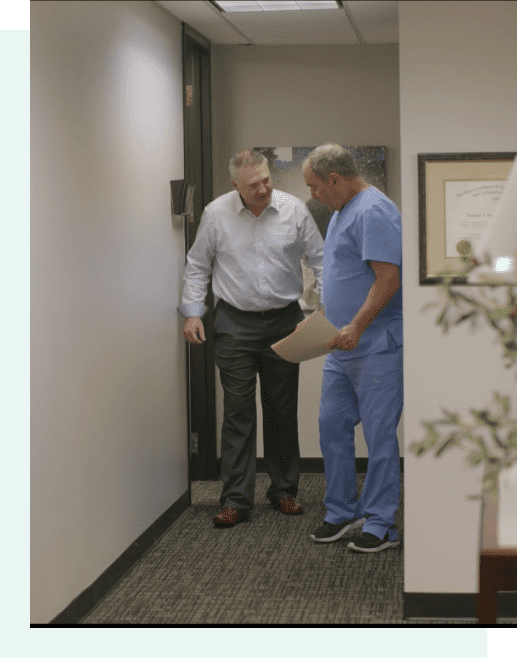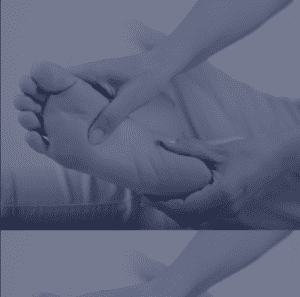TAILOR’S BUNION KANSAS CITY OVERLAND PARK
Tailor’s Bunion Pain
See before and after pictures below
about Tailors Bunion
What is a Tailor’s Bunion?
A Tailor’s Bunion is a painful enlargement of the bone on the outside edge of the foot, behind the small toe. This condition can result in redness, soreness, inflammation around the bone, and pain while wearing shoes.Tailor’s bunion is a deviation of the fifth metatarsal bone, patient with these have a condition called a splayfoot.
When trying on shoes you may find they fit with no weight on the foot you step down the shoe seems tight that is the foot splaying causing the front of the foot to widen.
Tailor’s Bunion can also result in callus tissue around the enlarged bone. Many times Tailor’s bunion is hereditary. The name of this condition comes from the tailor’s trade and their unique foot position during work. Dr. Bembynista will evaluate the bunion, review digital x-rays which we printed on paper to review and write notes on. We work with you concerning the best treatment plan.


Our Treatments
Non-surgical treatments of Tailor’s Bunion
Conservative treatment options include shoe modification, oral anti-inflammatories, and possibly a mild steroid injection to reduce inflammation around the joint. Also we can trim any callus tissue around bunion. A cold spray is used before the injection, normally this significantly reduce any discomfort. If the pain is more on the bottom of the foot a custom-made orthotic can be used to correct the function of the foot and distributed the pressure more equally.
When conservative treatment options are unsuccessful, then one should consider surgical treatment. The determining factor for whether surgical treatment is needed is how severe the pain and deformity is. Many times, surgery requires removal of the bone enlargement and an osteotomy—a cut in the bone—which is then stabilized with a small screw.Patient’s can normally walk on there foot with a surgical shoe or camwalker with a few days.
Our Treatments
What to expect during surgery?
This treatment is usually an outpatient procedure done under IV sedation. This type of sedation is extremely safe—you are breathing on your own and it is more like a deep sleep. The foot is numbed locally as well, and Dr. Bembynista performs the procedure. After the surgery, the patient is given postoperative instructions, as well as pain medication.
We normally phone out your pain medication for pick up. The patient is asked to start taking the medicine before the numbing wears off in order to break the pain cycle. You should take the medication throughout the night immediately following the surgery and for the first twenty-four to thirty-six hours afterwards.
When the procedure is done outpatient, Dr. Bembynista will call you the night of the surgery to make sure you’re doing well and also to answer any questions you may have. He provides his cell number to all surgical patients. We will see you the following week, at which time we will change your bandage and review activities. Sutures are normally removed within two weeks, and return to a regular shoe occurs normally within the first or second month of recovery.
It is important to note that internal fixation with screws and early range of motion post-surgery reduces the time of return to regular activities, work, and sports.
Before & After























